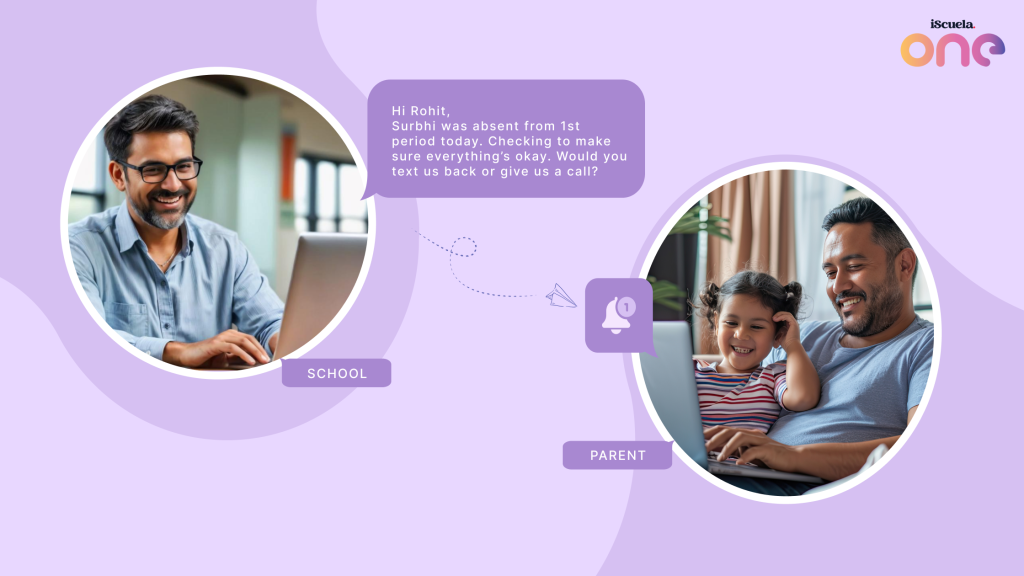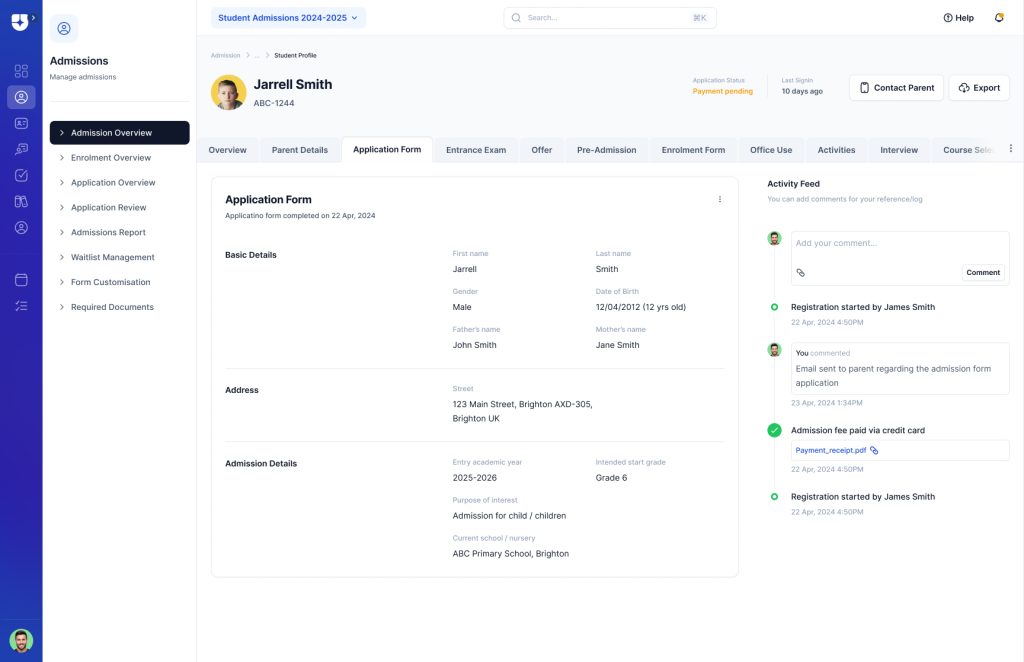Introduction
In today’s quickly changing educational scenario, effective communication technologies have become crucial. The ability to facilitate timely, concise, and engaging communication among all stakeholders—students, parents, teachers, and administrators—is critical to the continued success of every educational organization. Schools may use the correct communication technologies to improve instructional experiences, expedite administrative work, and build a collaborative environment. This article investigates the different communication tools for schools that are currently revolutionizing the educational scenario, as well as their benefits, problems, and possible future development.
Communication needs in educational institutions
Effective communication at educational institutions fulfills many functions, including promoting student-teacher interactions and ensuring seamless administrative processes. Key communication requirements include:
- 1. Student-teacher collaboration: Clear communication aids in the delivery of guidelines, feedback, and timely responses to student inquiries.
- 2. Administrative management: Effective tools facilitate the organization of events, meetings, and information distribution among employees.
Types of communication tools for schools
Digital communication tools for schools
Digital communication tools have transformed the way information is distributed in schools. These tools include the following:
- 1. Email: An essential tool for professional interactions among instructors, students, and parents. It enables the delivery of critical information, updates, and the assignments.
- 2. Messaging apps: Platforms such as WhatsApp, or Microsoft Teams provide quick communication as well as collaboration between parents, students, and educators.
- 3. Learning management systems (LMS): Applications such as Google Classroom or Canvas help teachers develop, share, and manage educational materials online.
Traditional communication tools for schools
Regardless of the increasing use of digital tools, conventional communication strategies are still relevant:
- 1. Face-to-face meetings: Personal encounters at parent-teacher conferences and staff meetings promote straightforward communication and relationship development.

- 2. Printed resources: Newsletters, circulars, and handouts include physical information that may be easily accessed.
- 3. Phone calls: A direct phone call provides a human touch, particularly in urgent situations.
Hybrid communication tools for schools
Hybrid tools offer a balanced approach by combining the benefits of both digital and traditional approaches.
- 1. Webinars and virtual conferences: Platforms such as Zoom and Google Meet enable interactive sessions that blend video and vocal communication.
- Email newsletters: These are a quick way to deliver information while keeping a personal touch with customized themes.
Challenges and solutions
Privacy issues
One of the most difficult aspects of utilizing digital communication tools is protecting the confidentiality and safety of information. Schools must adopt robust privacy policies and employ secure systems to preserve sensitive information.

Digital divide
Some students and families continue to face challenges in gaining access to technology. Schools can deal with this issue by providing devices and internet connectivity to individuals in need, giving everyone equal access to digital tools for communication.
Resistance to change
Staff and parents who have become habituated to old ways may be resistant to the adoption of new communication technologies. Providing thorough training and illustrating the positive aspects of these technologies could help in the transformation.
Emerging technologies
AI chatbots
AI chatbots have become increasingly prominent in educational settings due to their capacity to handle regular requests and respond instantly. These chatbots can respond to common questions, and walk users through processes while freeing up staff time for more challenging responsibilities.

Advanced analytics solutions
Analytic tools enable schools to assess communication patterns and efficacy. By analyzing engagement metrics and recommendations, schools may discover areas for development and modify their communication approaches to more effectively support their community.
AR/VR tools
Augmented Reality (AR) and Virtual Reality (VR) technologies have recently emerged as novel approaches to improving communication and learning. These technologies enable immersive settings for virtual tours, interactive classes, and collaborative projects.
Implementing communication tools in schools
Careful preparation and execution are required for successful communication tool implementation. Key steps include:
- 1. Needs assessment: Determine the particular communication needs of the educational institution.
- 2. Tool selection: Choose technologies that are appropriate for the defined needs and the school’s infrastructure.
- 3. Training and development: Conduct comprehensive training for administrators, students, and parents to make sure that the tools are adopted and used effectively.
- 4. Continuous evaluation: Evaluate the tools’ effectiveness on a regular basis and make any necessary improvements based on feedback and performance information obtained.
Conclusion
Effective communication technologies are the foundation of modern schools, improving learning experiences, encouraging collaboration, and reducing administrative work. Schools may foster a more collaborative and supportive learning environment by combining digital and traditional tools. As technology evolves, staying up to date on the newest trends and advances will make sure that schools remain well-prepared to satisfy their community’s communication needs. Schools may maximize the potential of these technologies by strategically implementing and continuously evaluating them, resulting in successful learning and community participation.
FAQs
1. What are the most successful communication instruments in current schools?
Modern schools’ most effective communication tools are email, messaging applications, learning management systems, in-person meetings, printed newsletters, and phone calls. Each tool has a particular purpose and addresses diverse communication needs among the educational institution.
2. How might digital communication tools improve learning in schools?
Digital communication tools improve learning by giving straightforward instructions, timely feedback, and quick access to resources. They promote interactive learning, customized instruction, and collaborative tasks, resulting in a more engaging and accessible educational setting.
3. What problems do schools deal with when introducing new communication tools?
When integrating new communication methods, schools must deal with issues such as privacy, the technological gap, and reluctance to change. Addressing these issues necessitates strong data protection regulations, equal access to innovation, and plenty of training for staff and parents.
4. How can schools ensure that information is private and secure while using digital communication methods?
Schools may safeguard information privacy and security by creating strong data protection guidelines, adopting secure platforms, and training staff, students, and parents on best data security practices. Regular inspections and changes to security standards are also required.
5. What part do conventional communication tools perform in today’s schools?
Physical meetings, printed newsletters, and conversations by phone are all still effective communication techniques in today’s schools. They add a personal touch, catering to those who are not as familiar with digital technologies and are useful in emergency or sensitive situations.
6. How can schools successfully integrate communication tools within their regular operations?
Schools can effectively incorporate communication tools by completing a requirements evaluation, selecting appropriate tools, offering comprehensive training, and regularly assessing their efficacy. Involving every stakeholder in the process and swiftly resolving any concerns will help to ensure that integration and adoption go smoothly.

